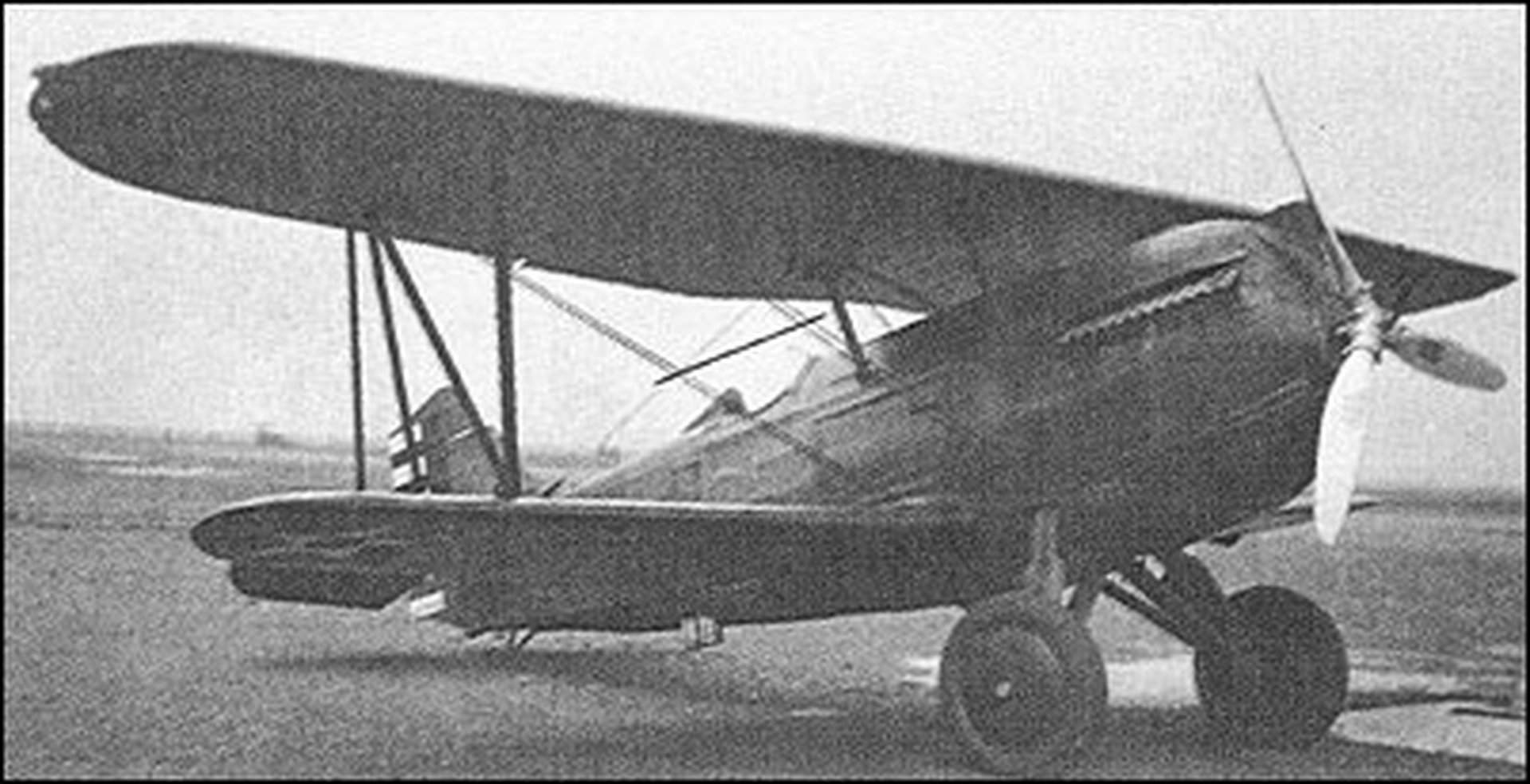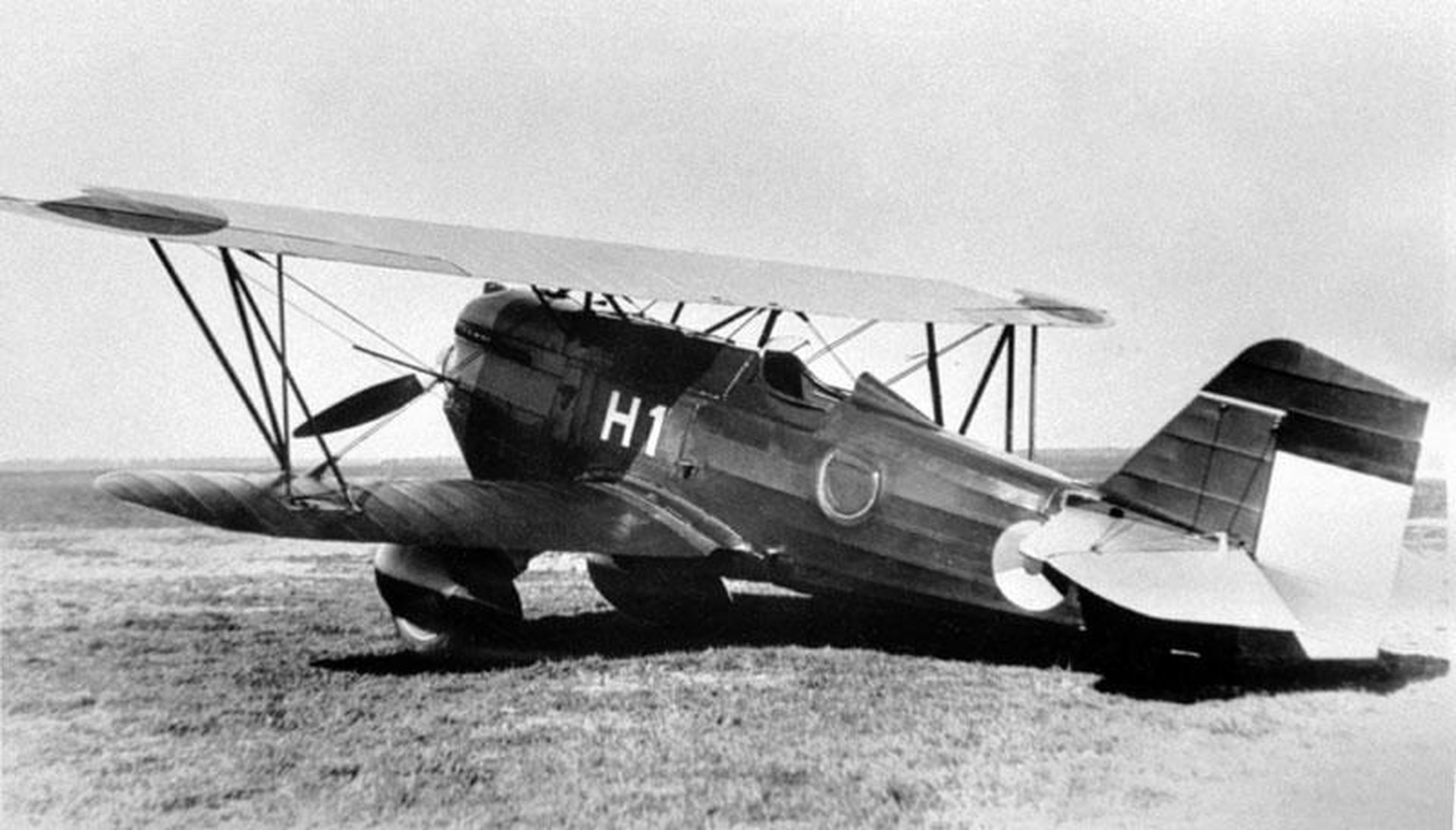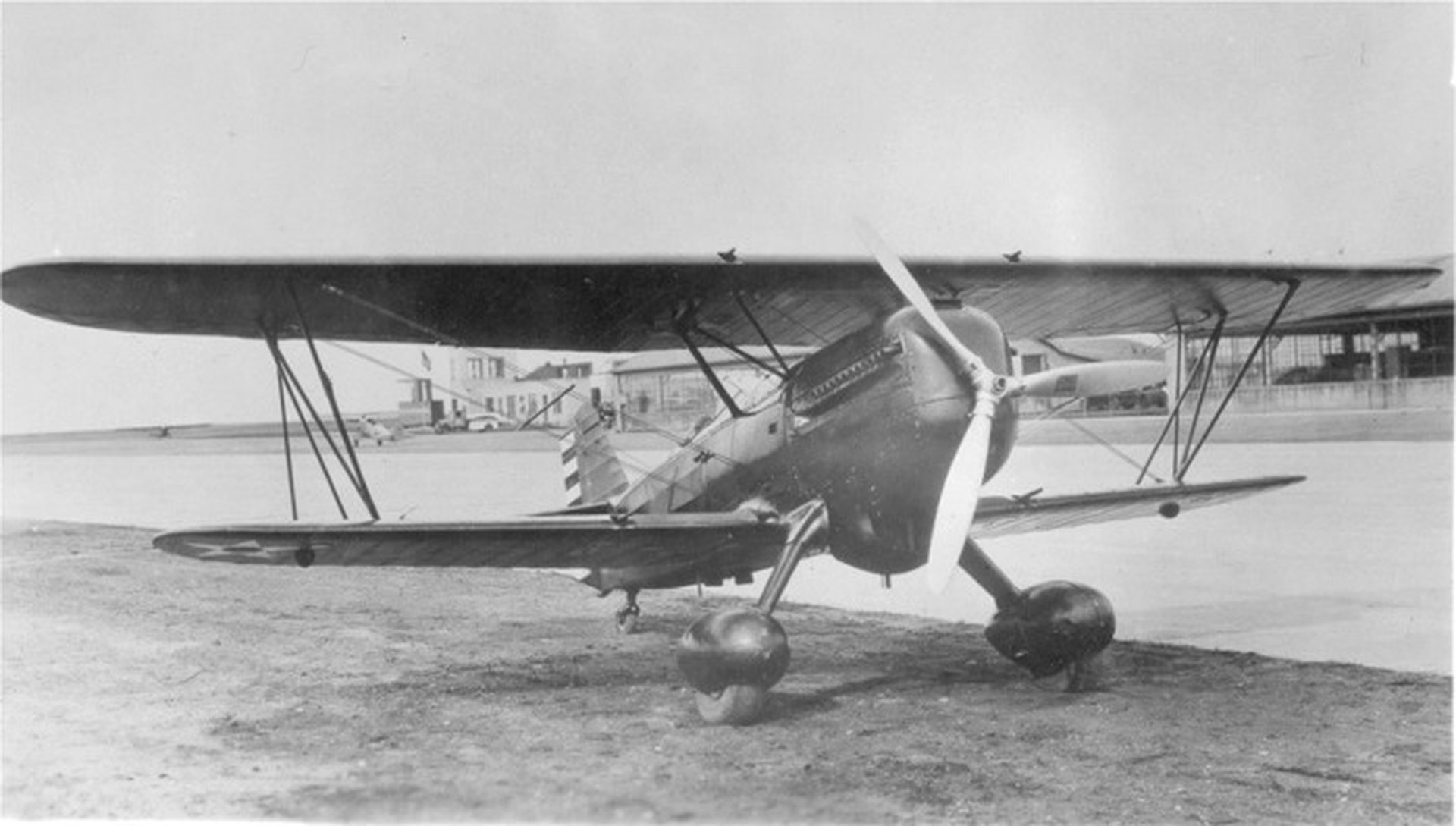Tony’s Scrapbook: The Curtiss P-6E & Selfridge Field

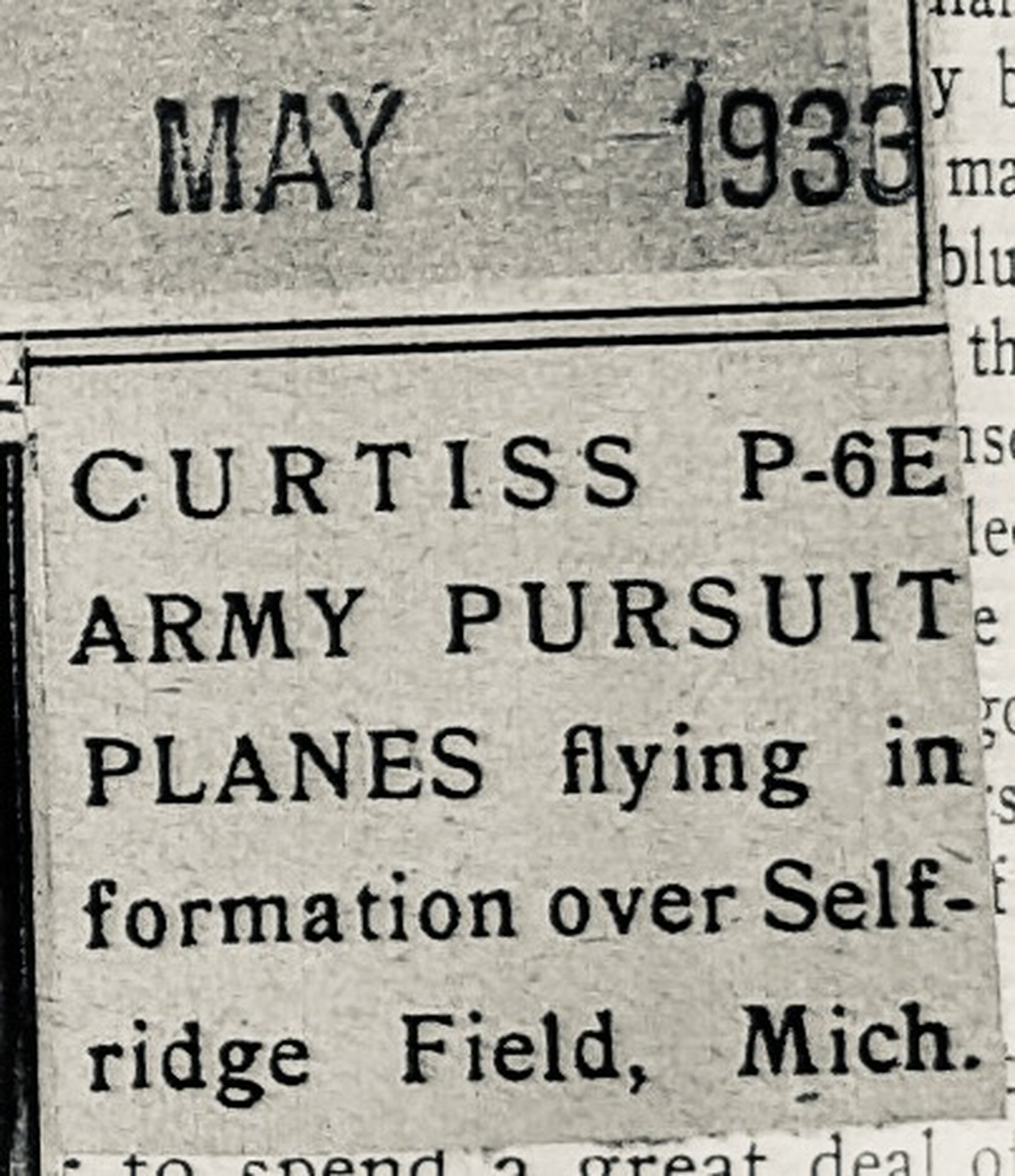
It seems my father was fascinated with military pursuit planes, so it didn’t surprise me to find a newspaper clipping on the Curtiss P-6E in his scrapbook.
The above clipping features an image and text regarding Curtiss P-6E Army Pursuit Planes flying in formation over Selfridge Field, Michigan, dated May 1933.
I’ll divide this into two points of interest. Let’s start with some details on the P-6 and then dive into some history of Selfridge Field. Does this sound like a plan? Good, let’s get started, shall we?
Curtiss P-6E
- Type: Fighter biplane
- Manufacturer: Curtiss Aeroplane and Motor Company
- Introduced: The P-6E was an improved version of the P-6 series, which began service in the late 1920s.
- Design: The P-6E was a sight to behold with its sleek design and distinctive gull-wing upper wing. Its powerful inline engine made it attractive and one of the most efficient biplanes of its time. Performance: The P-6E was armed with two .30 caliber machine guns, could reach speeds up to 197 mph, and had a range of approximately 360 miles.
The P-6E was primarily used as an interceptor and fighter aircraft during the early 1930s. Its role as an interceptor was particularly significant, as it was designed to quickly intercept and engage enemy aircraft, a crucial function in the evolving tactics of aerial warfare.
The Curtiss P-6E Hawk, though not as famous as some other fighter aircraft of its time, played a significant role in the development of U.S. military aviation during the interwar period. Its historical aspects and events are worth noting.
The P-6E was part of the U.S. Army Air Corps’ pursuit squadron inventory in the early 1930s. With its gull-wing design and powerful engine, it was considered one of the most aesthetically pleasing biplane fighters.
The P-6E participated in various military exercises and maneuvers throughout the early 1930s. These exercises, such as the annual ‘Maneuver Days’ and ‘Air Corps Tactical School’ sessions, were crucial for developing air combat tactics and strategies in the pre-World War II era, and the P-6E’s performance in these events significantly influenced the future direction of U.S. military aviation.
The P-6E represented several technological advancements, including its supercharged inline engine, which provided superior performance to earlier models. This innovation enhanced the aircraft’s speed and altitude capabilities and influenced future fighter designs, setting a benchmark for the next generation of military aircraft.
Often used in air shows and military demonstrations, aircraft like the P-6E showcased the capabilities of the U.S. Army Air Corps. The formation flying in this newspaper clipping from Selfridge Field exemplifies such a public display.
Although never used in combat, the P-6E was essential to fighter aircraft development leading up to World War II. Its design and performance helped transition the U.S. military from biplanes to more advanced monoplane fighters.
The experience gained with the P-6E contributed to developing more modern fighters, such as the Curtiss P-40 Warhawk, which saw extensive service during World War II.
Did I mention that Tony had his pilot buddies land a few P-40s at the Air-Park when it operated under the name of Gardenville Airport in 1939? I wish I could have seen that! Here are two photos, and Tony wrote on the back of the first photo. Cool, right?
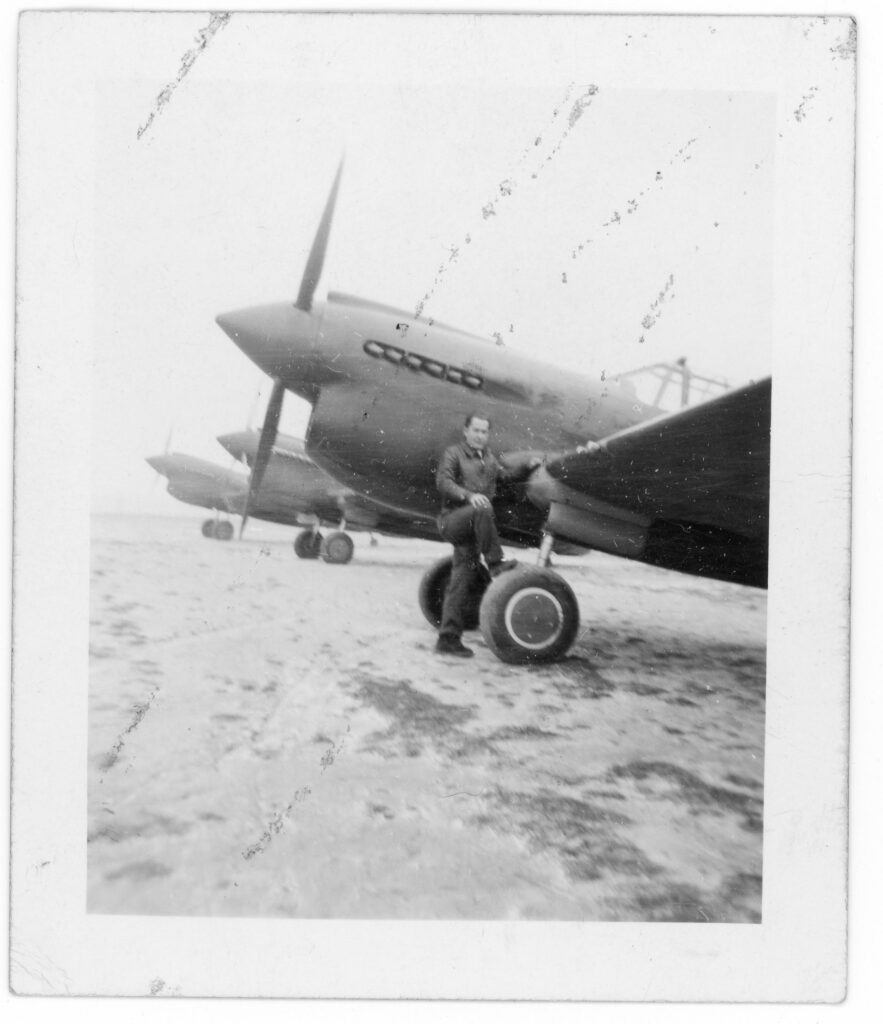
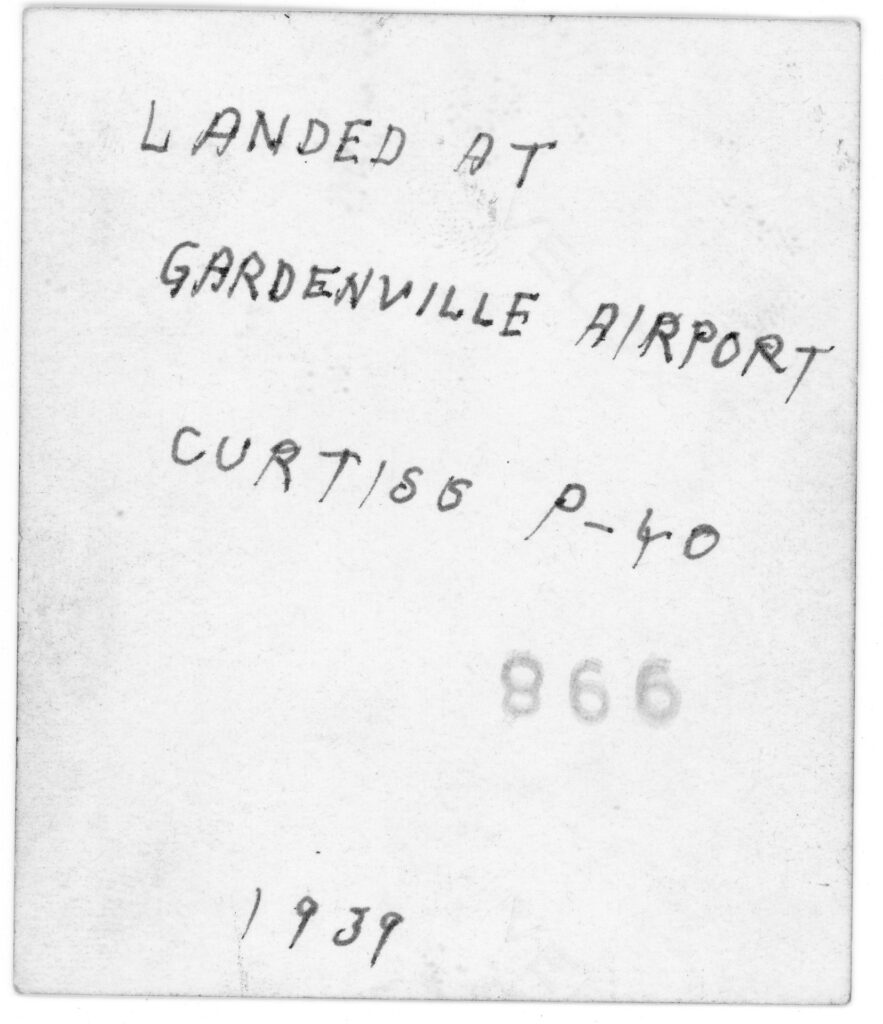
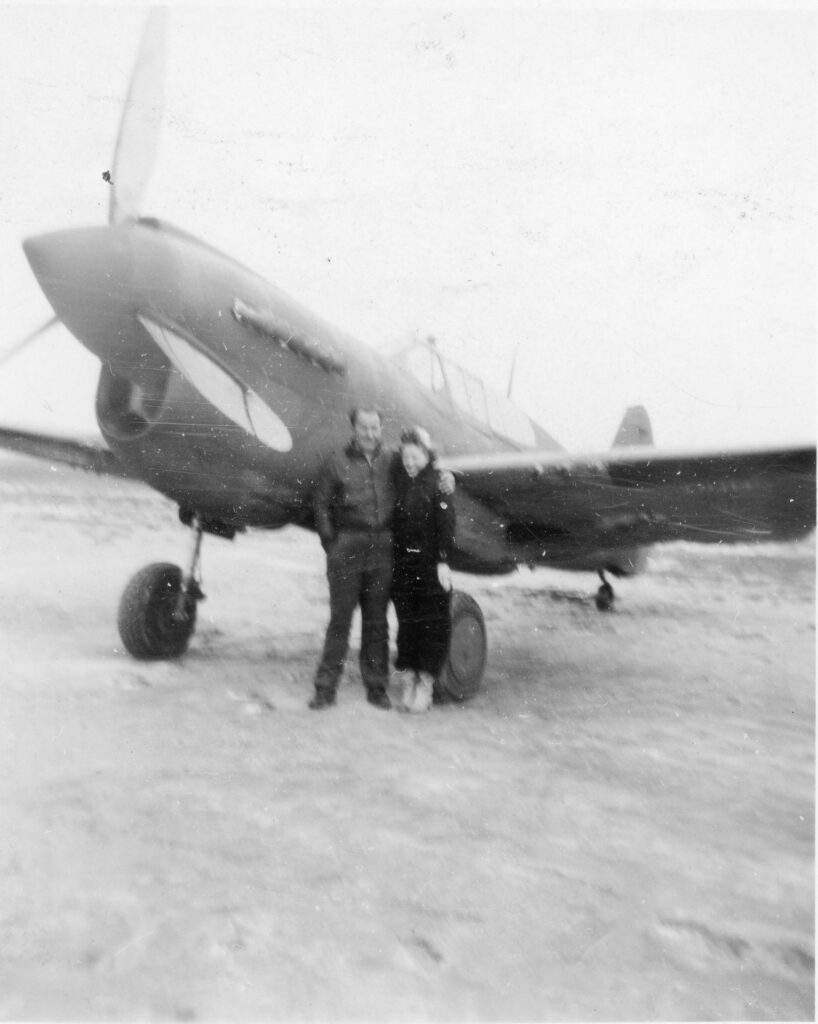
Okay, I can get sidetracked talking about the P-40. Let’s put a pin in that conversation and return to the P-6E, okay?
The Curtiss P-6E Hawk is remembered for its elegant design and as a symbol of the technological progress made by the U.S. Army Air Corps during the 1930s. While it did not see combat, its role in training and demonstrations was vital for preparing the U.S. military for future aerial warfare. The aircraft is a cherished piece of aviation history, often featured in museums and vintage air shows.

I mentioned earlier that I would like to research the history of Selfridge Field, so if you’re still with me, let’s get into it!
Selfridge Field
Selfridge Field, now known as Selfridge Air National Guard Base, has a rich history as one of the oldest continuously operating military airfields in the United States.

Selfridge Military Air Museum Via AP
Selfridge Field was established in 1917, during World War I, and named after 1st Lieutenant Thomas E. Selfridge, the first U.S. military officer to die in an airplane crash.
It is situated in Harrison Township, Michigan, near Mount Clemens, on the shores of Lake St. Clair. Initially, the field served as a training base for pilots and mechanics, crucially preparing American forces for combat operations.

The Detroit News Archives
During the 1920s and 1930s, Selfridge Field became a key site for training and development in the U.S. Army Air Corps. It housed several pursuit squadrons, including units flying aircraft like the Curtiss P-6E Hawk, and its contribution to the U.S. military is commendable.
The base contributed to the testing and developing new aviation technologies and tactics, helping the transition from biplanes to more advanced aircraft.
With the outbreak of World War II, Selfridge Field expanded significantly, training thousands of pilots and ground crew members for the war effort.
The base hosted units flying various aircraft, including fighters, bombers, and reconnaissance planes, supporting training and operational missions.

The Detroit News Archives
In 1947, following the establishment of the U.S. Air Force as a separate branch, Selfridge transitioned to the Air National Guard and became Selfridge Air National Guard Base.
Throughout the Cold War, Selfridge continued to serve as a strategic location for air defense and training, adapting to the needs of modern aerial warfare.
Today, Selfridge Air National Guard Base is home to various military units from different branches, including the Air Force, Army, Navy, Marine Corps, Coast Guard, and Homeland Security.
The base supports various missions, from air defense and combat readiness to humanitarian assistance and disaster response.
Selfridge has a storied history as a key player in American military aviation, with a legacy of innovation, training excellence, and strategic importance. The base has been an integral part of the local community, contributing to the economic and social fabric of the region.

The Detroit News Archives
Over the years, Selfridge has hosted numerous fighter squadrons, flying aircraft ranging from the P-51 Mustang and F-86 Sabre to modern fighters like the F-16 Fighting Falcon. The base has supported various aircraft operations, reflecting its versatile and adaptive military facility role.
The base is home to the Selfridge Military Air Museum, which preserves and showcases its history and role in military aviation. The museum features aircraft displays, artifacts, and exhibits detailing the base’s evolution and impact on military history.
Selfridge Air National Guard Base remains a vital part of the U.S. military infrastructure, with a rich heritage that continues to influence American air power and defense strategies.
That covers the historical significance of this single newspaper clipping that Tony saved in May of 1933. That’s 91 years ago at the time of this posting! Pretty incredible.
I am closing this out by thanking you for reading my share. I’ll see you in the next one!
Discover more from Buffalo Air-Park
Subscribe to get the latest posts sent to your email.


